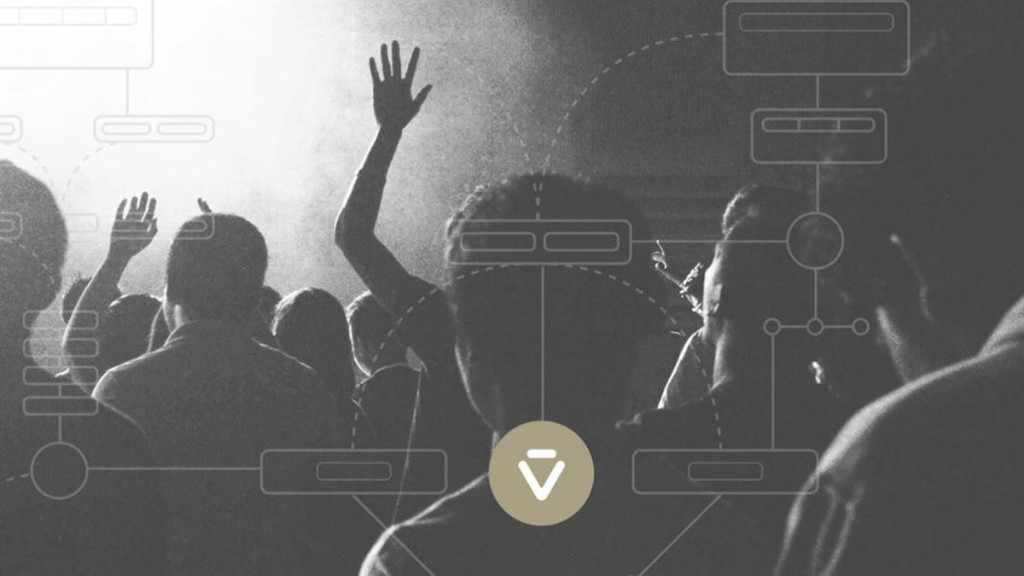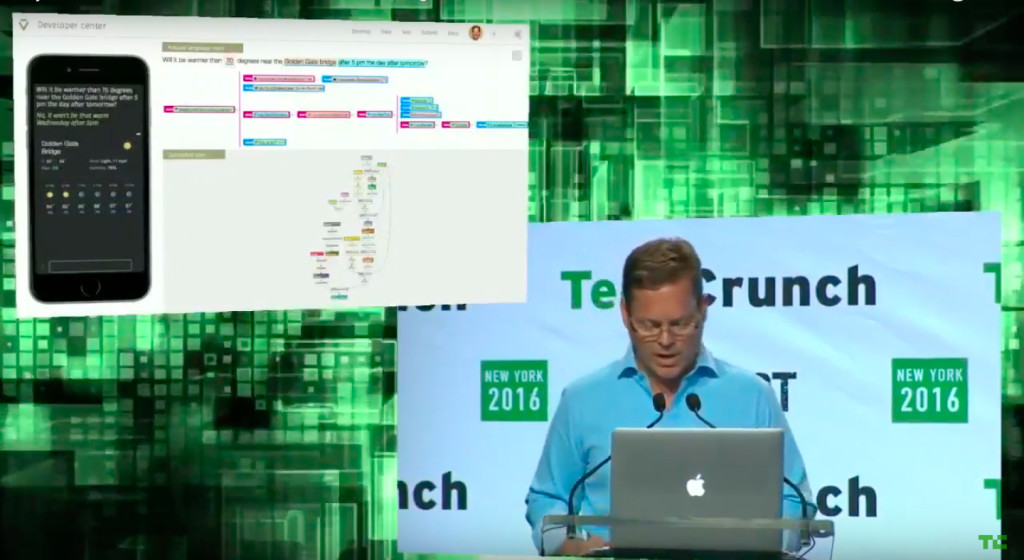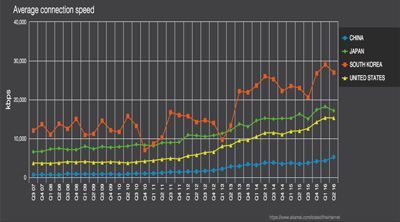
Dag Kittlaus, founder and CEO of Siri, Inc., produced and uploaded an app into the Apple App store February 2010. The app quickly rose to 1st in the ‘Lifestyle Section.’ In March, Steve Jobs called Kittlaus to start a dialogue which led to Apple acquiring Siri shortly thereafter in April.
Siri cost Apple around $200 million. In addition to the acquisition of the technology, the purchase was also a smart competitive move because Siri was working on adapting the app to work on Nokia and Android phones. At the time they sold the company to Apple, Siri had 24 employees. As the team moved into the Apple apparatus, and for the next 18 months, Kittlaus headed the team at Apple that applied Siri technology to the iPhone 4S which was launched in October 2011, the month Steve Jobs died.
The Siri app was free for iPhone, iPad, and iPod Touch users. The algorithms that made the app work, however, were the product of years of defense-sponsored research at SRI International. SRI spun out Siri, Inc. in 2008 to commercialize their work. This included the three Siri founders: Kittlaus, Tom Gruber, CTO, and Adam Cheyer, VP Engineering. They named the company “Siri,” a Norwegian girls’ name. Silicon Valley venture capital firms Menlo Ventures and Morgenthaler Ventures poured $24 million into the technology that Kittlaus, Gruber and Cheyer built into the Siri app.
After Jobs died, Kittlaus resigned and went back to Chicago to be near his family. Liv, his mother, was a native of Norway, and met Dag’s father, Karl, when he was serving with the U.S. Air Force in France. The couple settled in Palos Heights, Ill., a Chicago suburb, and had two sons. Whenever possible, Liv took them to visit her parents and sister in Norway. Doug went to Norway and completed his MBA at BI Norwegian Business School, in Oslo and stayed in Norway for seven more years. He began his career in technology at the Scandinavian telecom giant, Telenor Mobile. Returning to the United States, he worked at Motorola for five years and then went to work with SRI and the Siri project.

In 2012 Kittlaus and a small group – including Cheyer and Brigham – created a new startup, Viv Labs and their AI Viv, named after Kittlaus’ mother but also the Latin root meaning live. In May 2016, Kittlaus demonstrated Viv at a TechCrunch Disrupt event in New York. The demonstration showed that Viv was a breakthrough accomplishment in providing a single conversational user interface (UI) to recognize our words, determine our intent, and then write code to effect that intent. At the demonstration, Kittlaus said that search wasn’t going anywhere but as Viv and other new AI assistants become more capable and become the primary resource for users, people really won’t want to go back to the old way.
Now enter Samsung, 5G, and the Internet of Things. On October 5, 2016, Samsung announced that it had acquired Viv Labs for an undisclosed amount. As part of the acquisition, the Viv founding team will work closely with Samsung’s Mobile Communications business but continue to operate independently.
“Unlike other existing AI-based services, Viv has a sophisticated natural language understanding, machine learning capabilities and strategic partnerships that will enrich a broader service ecosystem,” said Injong Rhee, CTO of the Mobile Communications business at Samsung Electronics. “Viv was built with both consumers and developers in mind. This dual focus is also what attracted us to Viv as an ideal candidate to integrate with Samsung home appliances, wearables and more, as the paradigm of how we interact with technology shifts to intelligent interfaces and voice control.”
 In addition to their phone business, as we near 2020, when the new 5G telecom systems begin to be deployed, starting first in Korea in 2018 and Asia in 2019 and 2020, appliance makers such as Korean Samsung foresee the interaction of their devices with the Internet in all sorts of ways. Machine-to-machine technology, including robots, self-driving cars and other cognitive computing systems that are able to make decisions and solve problems without human intervention, is here now but growing in capabilities daily, and will soon be engrained in our daily lives as the capabilities of the 5G networks kick in. Human-machine-interaction, such as that offered by Viv, will be facilitated by 5G.
In addition to their phone business, as we near 2020, when the new 5G telecom systems begin to be deployed, starting first in Korea in 2018 and Asia in 2019 and 2020, appliance makers such as Korean Samsung foresee the interaction of their devices with the Internet in all sorts of ways. Machine-to-machine technology, including robots, self-driving cars and other cognitive computing systems that are able to make decisions and solve problems without human intervention, is here now but growing in capabilities daily, and will soon be engrained in our daily lives as the capabilities of the 5G networks kick in. Human-machine-interaction, such as that offered by Viv, will be facilitated by 5G.
[NOTE: Samsung isn’t the only buyer of this type of UI technology. Last month Google acquired API.ai, a 2011 startup providing a virtual digital assistant. In December 2014, the company pivoted to focus on becoming a developer platform for natural language processing (NLP). Their platform enables developers to create their own voice apps across a range of end markets, including the mobile device, wearables, robotics, automotive, and smart home markets.]
{NOTE 2: In a move similar to Samsung’s acquisition of Viv to enable integrating it with Samsung home appliances, Amazon just partnered with KITT.ai, another developer of conversation-driven interfaces for developers, to make it easier for developers to use voice-controlled products using the Alexa Voice Service.].
What is 5G?
 5G is the fifth generation of wireless technology and offers big advances in the number of simultaneous connections that mobile networks can support – up to a million connections per 1/3 mile. Apart from providing massive capacity, 5G users will see significantly improved network speeds and low latency, well beyond the capabilities of 4G. Data speeds on 5G are estimated to reach 20 times faster than current 4G networks. Estimates suggest that 5G users would be able to download a full-length, high-definition movie in just one second. In addition, 5G is expected to come with an ultra-low latency rate of less than 1 millisecond. Existing 4G networks have a latency of 10 milliseconds. Latency is defined as the amount of time it takes for a packet of data to get from one point to another. The ultra low latency also means that advanced applications, such as autonomous driving, can be supported by 5G networks with precision.
5G is the fifth generation of wireless technology and offers big advances in the number of simultaneous connections that mobile networks can support – up to a million connections per 1/3 mile. Apart from providing massive capacity, 5G users will see significantly improved network speeds and low latency, well beyond the capabilities of 4G. Data speeds on 5G are estimated to reach 20 times faster than current 4G networks. Estimates suggest that 5G users would be able to download a full-length, high-definition movie in just one second. In addition, 5G is expected to come with an ultra-low latency rate of less than 1 millisecond. Existing 4G networks have a latency of 10 milliseconds. Latency is defined as the amount of time it takes for a packet of data to get from one point to another. The ultra low latency also means that advanced applications, such as autonomous driving, can be supported by 5G networks with precision.
Bottom line
Personal assistants are all about simplifying the process of performing daily tasks. They are what you would expect from a knowledgeable executive assistant to maximize productivity and minimize your involvement, a person who really knows you and doesn’t require you to explain things again over and over. The list of vendors is impressive: Amazon, Google, Facebook, IBM, Baidu, Microsoft, Apple, SoftBank, all the car companies, smaller companies like Jibo, and many large consumer product providers – including Samsung.
To date, none have achieved that sweet spot where end users are fully satisfied. The holdup has been the software, the need for extensive coding, and the ability to identify “intent” from sounds recognized as words. The breakthrough technology that Viv is offering is a way to change the way programmers work with computers and developers offer their products. Programmers will no longer have to instruct step-by-step procedures in rigid code, but instead they’ll just have to describe the process and intent and the AI will develop the code – it will write the programs needed on the fly. And developers will just need to add Viv as their conversational UI.